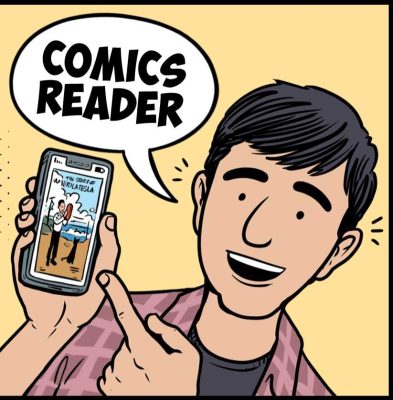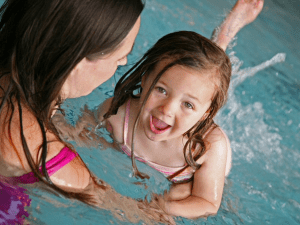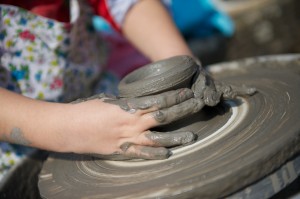A new comic reader app engages kids in stories about famous scientific discoveries.
Kids love comics, and while more and more kids are getting their information from digital devices, most kids’ content is purely for entertainment. Tinyview brings wholesome content to kids in the form of an app, and a comic series on the lives of scientists, called IN SCIENCE WE TRUST. We had a chance to ask one of their founders, Rajesh Lalwani, about the inspiration behind their brainchild.
What is Tinyview?
Print comics typically use the zig-zag pattern that can be hard to translate to smaller devices like phones. Tinyview app solves this by allowing readers to read comics by scrolling up and down on their mobile devices.
What type of content can we see on Tinyview?
Our first comic series is called IN SCIENCE WE TRUST, and it has fun stories about real life scientists and the work they have done. The first comic was written by my middle-schooler son, Rishi, and I — on the life of Nikola Tesla. Rishi loves comics and has read almost all Tintin and Asterix comics — multiple times. We created stories of Archimedes, Nikola Tesla, Ada Lovelace, and many other scientists to let kids have fun while reading.
How can reading stories of scientists help kids?
We decided to start with stories about scientists because learning about the scientists behind inventions piques the curiosity in kids and makes them more open to learning science at school. Once they have read how Nikola Tesla invented the alternating current motor, suddenly terms like AC or DC don’t seem so boring in the classroom!
We wanted to make science more personable so kids would know not just about the invention, but how the scientist created it. Kids may know Archimedes for density and his Eureka moment, but learning about how he ran through the streets naked when he had his moment makes the story more interesting and can help with remembering it. Our stories encourage readers to overcome challenges in their lives and let them know that they are capable of doing great things even when things may get tough.
Do you have any stories about women scientists?
Absolutely! We already have stories of Ada Lovelace and Mary Anning. An interesting fact about Mary Anning, a fossil collector and palaeontology, is that she was not allowed to present her findings because she was a woman. We are working on the stories of Lise Meitner, Jane Goodall, Grace Hopper, Chien-Shiung Wu, and many more.
What age group is Tinyview Comics appropriate for?
Our comics are appropriate for children of all ages. If you have younger kids, Tinyview Comics are ideal for you to read to them — comics have pictures and fewer words. Children aged 10 and above may get the most out of the comics since they will have heard about the scientists in school and have more background information to supplement the comics.
Where can we get Tinyview Comics?
Tinyview Comics is a free app that can be downloaded on the app store. Go to tinyview.com and scroll to the bottom for download link or enter your phone number for a text with the link to download.
Do you have any questions or feedback you want to share with Tinyview? Perhaps you have a favorite scientist you want them to write a story about? Feel free to reach out to Tinyview at support@tinyview.zendesk.com — they are all ears and excited to hear from you.
For more ideas on camps and classes for kids, you’ll find science camps and classes and art camps and classes on ActivityHero.
















